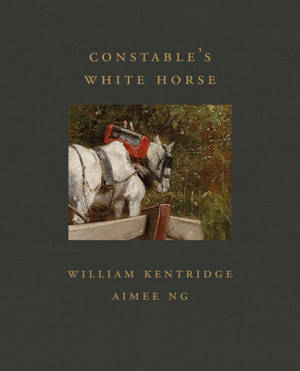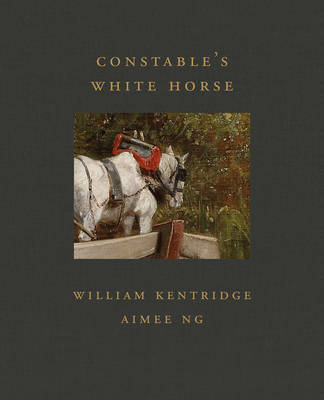
Door een staking bij bpost kan je online bestelling op dit moment iets langer onderweg zijn dan voorzien. Dringend iets nodig? Onze winkels ontvangen jou met open armen!
- Afhalen na 1 uur in een winkel met voorraad
- Gratis thuislevering in België vanaf € 30
- Ruim aanbod met 7 miljoen producten
Door een staking bij bpost kan je online bestelling op dit moment iets langer onderweg zijn dan voorzien. Dringend iets nodig? Onze winkels ontvangen jou met open armen!
- Afhalen na 1 uur in een winkel met voorraad
- Gratis thuislevering in België vanaf € 30
- Ruim aanbod met 7 miljoen producten
Zoeken
€ 29,95
+ 59 punten
Omschrijving
The White Horse (1819) by John Constable (1776-1837) depicts a tow-horse being ferried across the river Stour in Suffolk, just below Flatford Lock at a point where the tow-path switched banks. Constable, who described the scene as "as placid representation of a serene, grey morning, summer," went on in later years to comment: "There are generally in the life of an artist perhaps one, two or three pictures, on which hang more than usual interest-- this is mine." A scholarly essay by Frick curator Aimee Ng, is paired with a piece by artist William Kentridge, who writes about finding inspiration in Constable's nostalgic world. The painting was well received when it was shown at the Royal Academy exhibition of 1819, and it was purchased by Constable's friend Archdeacon John Fisher. Constable bought back the painting in 1829 and kept it the rest of his life.There is a full-scale oil sketch for The White Horse in the National Gallery of Art, Washington, DC.
Specificaties
Betrokkenen
- Auteur(s):
- Uitgeverij:
Inhoud
- Aantal bladzijden:
- 72
- Taal:
- Engels
- Reeks:
Eigenschappen
- Productcode (EAN):
- 9781911282709
- Verschijningsdatum:
- 8/12/2020
- Uitvoering:
- Hardcover
- Formaat:
- Genaaid
- Afmetingen:
- 203 mm x 246 mm
- Gewicht:
- 589 g

Alleen bij Standaard Boekhandel
+ 59 punten op je klantenkaart van Standaard Boekhandel
Beoordelingen
We publiceren alleen reviews die voldoen aan de voorwaarden voor reviews. Bekijk onze voorwaarden voor reviews.











